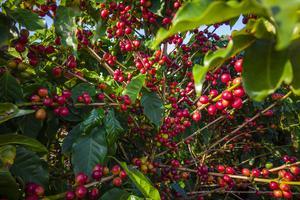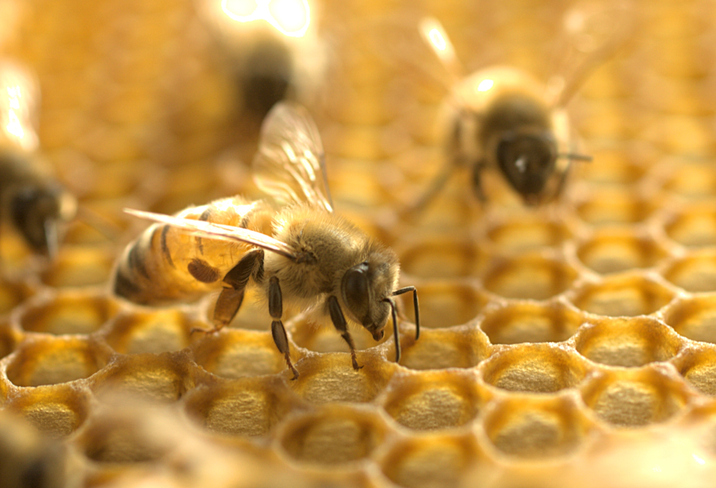New microbes discovered in coffee, humans and coral
Posted on February 24, 2022 by Matt Bassett
Each month, the Microbiology Society publishes the International Journal of Systematic and Evolutionary Microbiology (IJSEM), which details newly discovered species of bacteria, fungi and protists. Here are some of the new species that have been discovered and the places they’ve been found.

Last month’s New to Science started with a new coffee-based microbe, and this month is exactly the same. Fresh coffee cherries were collected at a farm in the Ali Mountain region of Taiwan and yielded new microbe Enterococcus alishanensis. Enterococci are often found in various food, plant and animal sources. E. alishanensis was described as white and non-transparent.
Coral reefs are the next source of new microbes this month, with Streptomyces corallincola and Kineosporia corallincola, having been isolated from the coral species Favites pentagona, sometimes known as the larger star coral, collected from Rayong Province, Thailand. Coral reefs are under huge pressure globally due to rising sea levels, temperatures and ocean acidification. Luckily, F. pentagona’s conservation status has been rated by the International Union for the Conservation of Nature as being of ‘least concern’.
Regular readers of this blog will note that new microbes are rarely discovered in humans, however this month we have not one but three microbes found in humans. Researchers isolated Diplocloster agilis and Diplocloster modestus from the faeces of healthy human children living in Moscow, Russia. Another research group isolated Staphylococcus taiwanensis from a blood culture from the Bacteriology Laboratory of National Taiwan University Hospital.

Insects were also a source of new microbes this month, with researchers discovering Lactobacillus huangpiensis and Lactobacillus laiwuensis in the gut of the honeybee (Apis mellifera). The genus Lactobacillus contains about 40 species, of which 18 have been isolated from the gut of bees or bee bread (the mixture of pollen and nectar or honey that serves as the main food source for worker bees and larvae). The mealworm Tenebrio molitor was the second insect source of microbes this month. The new microbe was again found in the gut and was named Tenebrionibacter intestinalis, representing not just a new species but an entirely new genus. The insect gut is a distinctive habitat for microbial colonisation and gut microbes are thought to provide many benefits to their hosts, such as aiding in the digestion of low-nutrient food and protecting hosts from pathogenic infection.
Farm animals were the last source of new microbes in February, with new bacterial species Macrococcus armenti isolated from the nasal cavities of pigs and calves in Switzerland. Another research group isolated Pseudochrobactrum algeriensis from the lymph nodes of Algerian cattle. The research group were conducting a bacteriological survey for the disease-causing bacteria Brucella. Colonies of P. algeriensis were described as non-motile, rod-shaped and beige-coloured.

